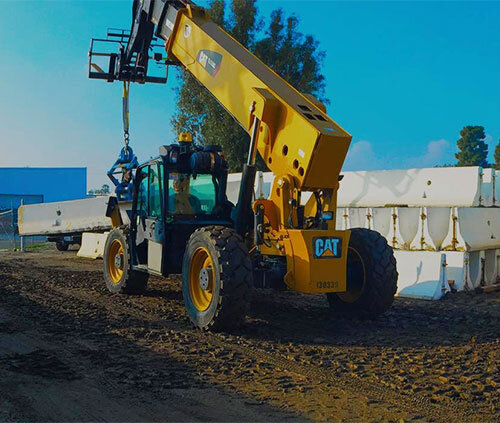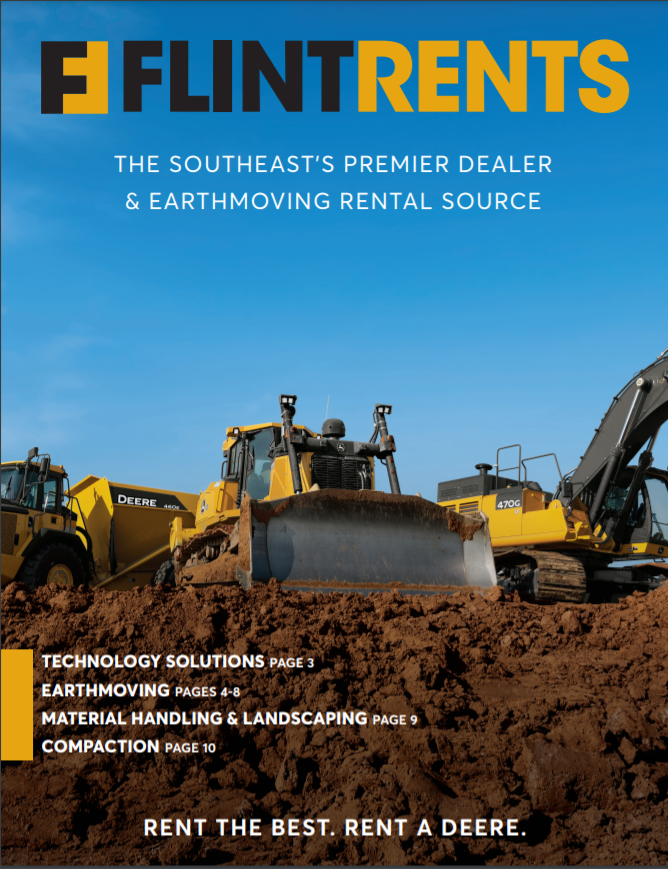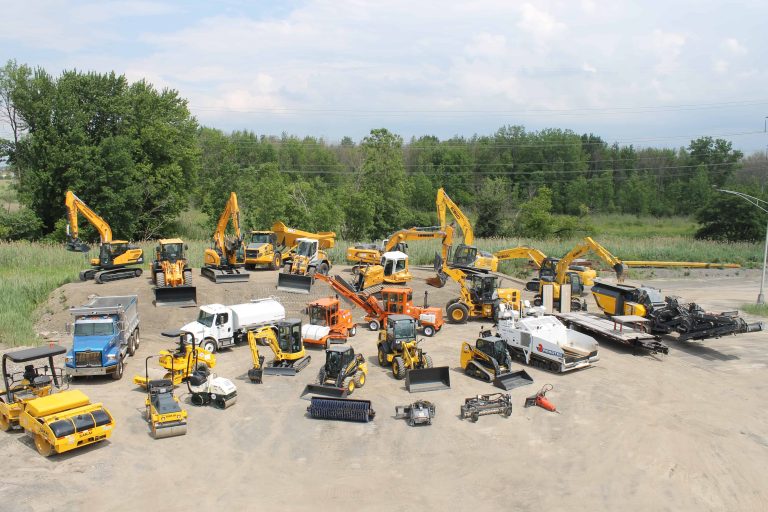Maximize Your Budget Plan by Comprehending the Expenses Connected With Construction Tools Leasings
Comprehending the complete range of prices connected with construction devices services is essential for optimizing your spending plan. What methods can be employed to successfully take care of these costs and guarantee a much more efficient rental experience?
Overview of Rental Prices
When thinking about building equipment services, comprehending the linked expenses is critical for effective budgeting and task planning. Rental prices can vary dramatically based on numerous aspects, including tools type, duration of service, and location. The first rental fee usually reflects the devices's market need and its linked operational capacities, influencing the general expenditure.
In addition to the base rental price, supplementary costs may emerge, such as transportation charges, fuel additional charges, and maintenance fees. It is vital to represent these added expenses to precisely assess the overall price of renting out equipment. The rental period can impact prices; longer rentals may certify for affordable rates, while short-term rentals could incur higher daily fees.

Break Down of Rental Rates
An extensive understanding of rental rates is necessary for service providers and task supervisors intending to enhance their budget plans. Rental rates for building devices usually contain several components, consisting of base prices, time-based fees, and usage costs.
Base prices are the core fees connected with the leasing of the devices, frequently determined by the kind and dimension of the machinery. These rates can vary significantly, affected by aspects such as equipment need, schedule, and local market patterns. Time-based charges, which might be daily, weekly, or monthly, serve to accommodate various task timelines and rental periods.
Additionally, rental prices may include use costs, which are applicable when tools is utilized beyond a defined limit, making certain that the rental business can account for damage. Seasonal demand variations can likewise affect rental prices, with peak building and construction seasons typically commanding higher rates.
Additionally, recognizing the rental business's policies concerning upkeep and insurance can supply further understanding into the general cost structure. By examining these components, service providers can make educated choices, guaranteeing the option of rental devices aligns with both job needs and budget plan constraints.
Additional Charges to Take Into Consideration
Understanding the complexities of extra costs is essential for service providers to manage their overall rental costs successfully. Past the basic rental rates, different auxiliary costs can significantly impact the complete cost of equipment rental. These fees frequently include delivery and pick-up costs, which can differ based upon distance and logistics included in carrying the tools to and from the work website.
In addition, some rental sites firms might impose fuel surcharges if the devices is returned with less fuel than when rented out. It is additionally important to know prospective cleaning costs, specifically for customized devices that needs extensive upkeep after use.

Completely examining the rental contract and clearing up these added charges in advance can help specialists prevent unexpected expenses and guarantee that budget plans stay intact throughout the task lifecycle.
Repair And Maintenance Expenses
Normal maintenance and fixing costs are typically overlooked elements that can considerably affect the overall price of construction tools rentals. When renting out devices, it is critical to consider not just the rental charges yet likewise the potential expenses connected with keeping the equipment in optimum operating problem.
Lots of rental companies include fundamental upkeep as part of the rental contract; nevertheless, more substantial fixings or unexpected malfunctions can lead to additional you can try these out costs. It's important to review the rental contract carefully to comprehend what upkeep solutions are covered and what responsibilities fall on the renter.
Additionally, equipment that is not well-kept can bring about inadequacies on the job site, potentially increasing and causing delays project costs. To reduce these risks, it is recommended to carry out routine evaluations and preserve open communication with the rental supplier regarding any type of problems that occur during use.
Insurance and Liability Expenses
Insurance coverage and obligation prices are essential elements that can dramatically impact the general expenditure of building and construction devices leasings (equipment rental company). These costs make certain that both the rental firm and the client are protected from possible economic losses arising from crashes, damages, or theft throughout the rental period

In addition, clients need to know any kind of deductibles or exemptions in the insurance coverage, as these can impact possible out-of-pocket expenses. Comprehending the conditions of any type of insurance protection is vital to prevent unanticipated costs. Eventually, budgeting for insurance and responsibility costs can aid ensure a smoother rental experience and secure versus financial dangers associated with building tasks.
Conclusion
In conclusion, an extensive understanding of the expenses connected with construction equipment services is crucial for reliable spending plan monitoring. Inevitably, notified decision-making concerning equipment services adds to the general success of building endeavors.
Rental costs can differ dramatically based on a number of elements, including equipment kind, duration of rental, and area (boom lift rental). The rental duration can affect rates; longer services may certify for reduced rates, while temporary rentals could sustain higher day-to-day fees
By conducting detailed research study and engaging with trusted rental companies, service providers can successfully navigate the intricacies of rental pricing, eventually optimizing their economic resources.
Past the basic rental prices, various auxiliary charges can dramatically impact the total price of tools service. Rental companies usually supply responsibility insurance that covers injuries to 3rd celebrations or damage to residential or commercial property, while equipment anonymous damages insurance coverage can cover the cost of repair services or substitute if the leased equipment is damaged.